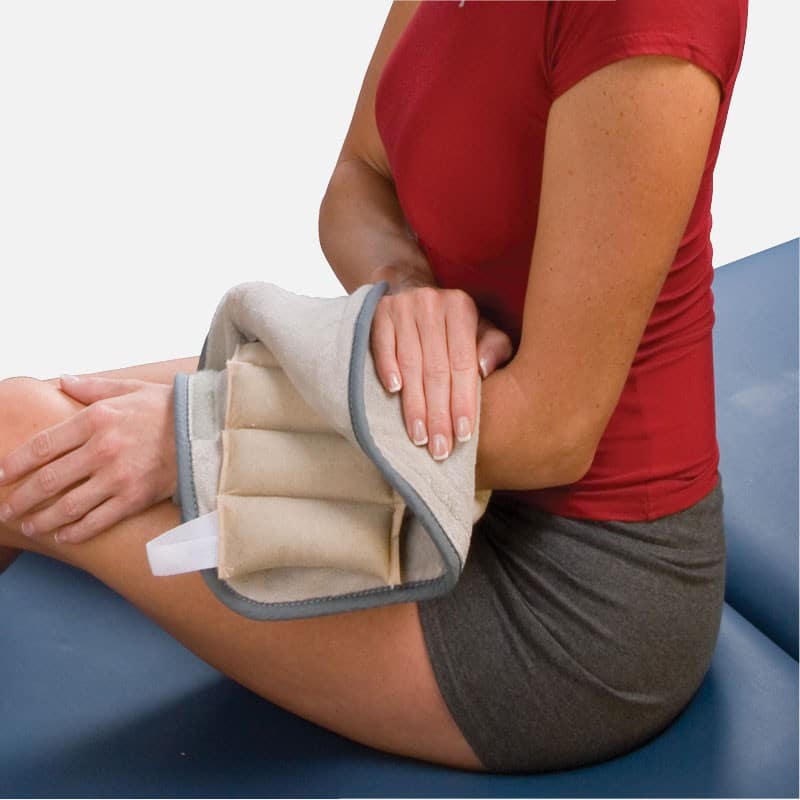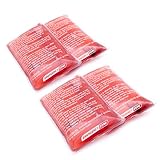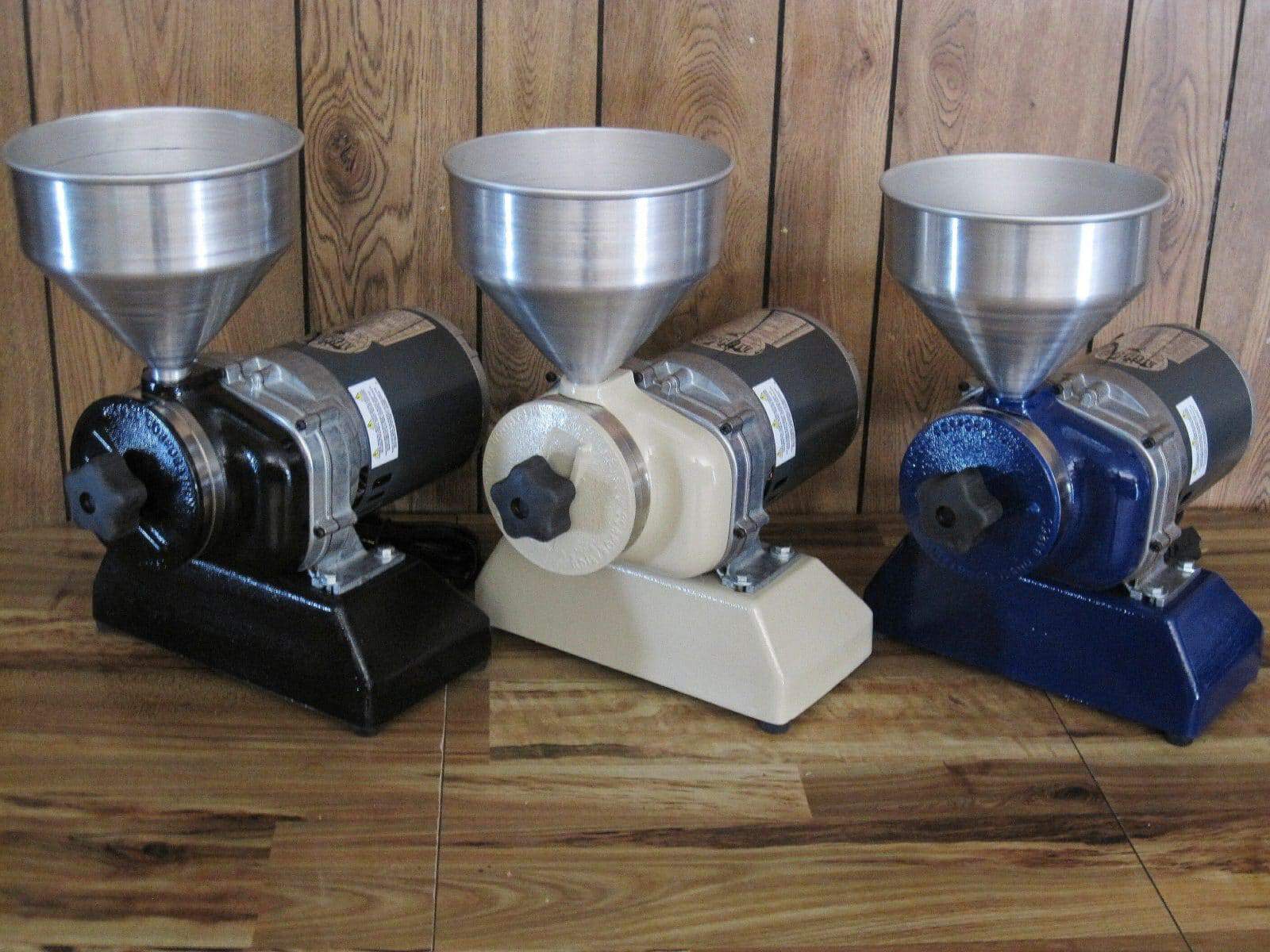We hope emergencies are just something we think about but never face. However, they do happen, and we should do our best to plan for them. Mitigating the impact of a crisis depends solely on your knowledge and level of preparedness. Building a solid survival kit is the first step you need to take on your journey to getting ready to face any emergency.
Many of the items included in survival kits are common sense items like matches, a compass, medical supplies, and their ilk. A heat pack is a necessity, but we tend to view them as comfort items or medical supplies. They work great for keeping feet and hands warm, and for treating some injuries temporarily. Aside from those uses, we often think of heat packs as optional inventory for a survival kit.
Comparison Table
Apparent Uses for a Hot Pack
Frostbite and hypothermia are very real problems that occur in some emergency situations. Frostbite happens when your skin is exposed to cold temperatures for extended periods of time. It only takes a few minutes of exposure for frostbite to set in, but the damage lasts a lifetime in severe cases.
In extreme cases, people lose fingers, toes, and sometimes partial limbs to frostbite. Fingers, toes, ears, and noses are the most common places frostbite sets in if you are trapped or stranded in frigid temperatures.
Hypothermia is a condition your body experiences when it loses heat faster than it generates heat. Thanks to the movies, most people equate hypothermia with exposure to cold water for long periods of time.
In reality, it can set in during any prolonged exposure to temperatures below freezing. If you live in an area where snow is frequent during the winter, you have probably experienced mild hypothermia without being aware you were in danger.
A simple hot pack helps prevent frostbite and hypothermia for a limited time. You can slip these hot packs in your shoes, gloves, or hold them against any exposed skin to help your body fight the cold. Most hot packs last from 1-hour to 12-hours. A few hours of bonus heat is a huge step toward keeping all your fingers and toes.
Hot packs relieve some symptoms and aid in the recovery from minor injuries to joints and muscles. Emergencies never come under ideal conditions. You cannot prepare for every possible contingency. A sudden storm or flash flood that causes a vehicle accident is a good example.
Losing control of your boat in rough water, falling from your deer stand, and falling during a hiking trip are good examples of emergencies you cannot plan for at all. Unlike storms where you usually have some warning and can get supplies ahead of the storm reaching you.
In the event of a fall or vehicle-related accident, an injury to a joint or muscle is a genuine possibility. A minor injury to an ankle or knee will slow you down. If you are moving slowly, getting help is more difficult. A hot pack applied to simple sprains or pulled muscles speeds up recovery, in many cases, and helps reduce the time you are exposed to the weather while seeking help or shelter.
What’s in a Hot Pack and How can I Use It?

Here’s where the real usefulness of hot packs in an emergency come into play. It’s important to know what kind you are using. Some of the chemicals and minerals used to produce heat are very dangerous if inhaled or touched with bare skin. Be sure you know beyond any doubt what chemicals your hot pack contains before attempting any of these survival hacks for these products.
Calcium Chloride
Hot packs using calcium chloride are the bottle rockets of the hot pack world. They typically last about thirty minutes but get reasonably warm. The calcium chloride in the pack is dissolved in water, and a chemical reaction takes place to produce the heat. You can use calcium chloride to help reduce moisture in dry boxes or other areas where you store things sensitive to humidity.
Check the label first. Always check the package label first. We can’t stress that part enough. Common rock salt is usually calcium chloride. If you want to hang on to your hot packs, it’s not a bad idea to keep some rock salt handy. Put it in a bowl or other container and set it inside whatever you are storing things like cell phones or matches in to help reduce moisture.
Magnesium Sulfate

Similar to calcium chloride, magnesium sulfate releases heat when dissolved in water. They last about thirty minutes on average and get hot enough to cause discomfort if left against bare skin for too long. Magnesium sulfate is excellent for adding to hot water and soaking an injured ankle or wrist.
Chances are you use magnesium sulfate already as Epsom salt. It’s a great laxative too, but don’t eat your hot pack.
In an emergency, magnesium sulfate relieves pain and swelling in joints when mixed with water. It takes the sting out of insect bites once the heat dissipates.
If your emergency turns into a prolonged survival experience and you need to grow food, magnesium sulfate helps plants grow and increases seed germination in many plants. Spread some around crops or food stores to deter animals from bothering them.
Sodium Acetate
You can make your own sodium acetate by slowly mixing baking soda with vinegar. Mix the two very slowly, or they will erupt. The result is a mixture of sodium acetate and water. Hot packs that use sodium acetate have two pockets inside them separated by plastic. One pocket holds the sodium acetate while the other packet houses a small, thin piece of metal.
Bending the hot pack breaks the barrier and allows the sodium acetate to touch the metal. The sodium acetate crystalizes on the metal and releases heat. Generally, these hot packs are much warmer and last longer than calcium chloride or magnesium sulfate in hot packs.
Sodium acetate is relatively useless in an emergency except for generating heat. It is used in dialysis procedures, as a urinary alkalizer, and as a diuretic. We recommend you avoid trying any of those bonus uses in the field.
Even though the chemicals in them don’t have many survival uses beyond heat, these are still the best hot packs to keep on hand. If you buy the good ones, you can boil the hot pack in water and reuse it. Boiling turns the crystals that form on the metal back into a liquid.
Once they return to their original state, you can agitate them and the metal with your fingers to start the heating process over. If you are distilling water, boil used sodium acetate hot packs at the same time. You can make your own sodium acetate hot pack.
Best Hot Packs to Add to Your Emergency Kit
HotHands HH20PRPK16 Hand Warmers – Long Lasting Natural Odorless Air…
- NATURAL LONG-LASTING HEAT – Odorless, Disposable, Single-Use Item, Do Not Apply Directly to The Skin. TSA Approved. No…
- TO ACTIVATE – Remove warmer from outer package, shake to activate. Warmer heats up in 15-30 minutes. If heat decreases,…
- MULTIPURPOSE WARMERS – Single use air-activated heat packs that provide everyday warmth and are ideal for keeping your…
HotHands Hand Warmer Value Pack: order twenty of these from Amazon for $. They heat up in roughly 15-minutes and reach about 135-degrees Fahrenheit. They last about ten hours, but only the middle six hours are at their maximum temperature.
Unfortunately, these do not contain chemicals we can use as we talked about above, but for the price, they are worth adding to your kit. These are our favorite hot packs for all around use.
Dynarex Instant Hot Pack: you can order 24 of these 5” x 9” hot packs from Amazon for $$. These reach temperatures of about 122-degrees Fahrenheit for roughly an hour. They’re big and conform to your body comfortably.
Hot to Go Reusable Rectangular Heat Pack: order two of these reusable hot packs from Amazon for $. These use sodium acetate and a small metal disc to produce heat, so you can boil them and reuse them over and over. The heat up to about 130-degrees Fahrenheit for up to two hours. While they don’t produce heat for very long, they are rechargeable so that you can carry fewer hot packs in your kit.
Emergency Zone ReDo Reusable Long Lasting Pocket-Sized Hand Warmers….
- RESUSABLE: Why keep buying new hand warmers when there is a better, more cost effective option? With Emergency Zone ReDo…
- LONG LASTING: We recommend wrapping your hand warmer with a cloth during use as it extends the life to up to 2 hours….
- SIZE: These non-toxic hand warmers are available in both small 3” x 5” and large 4” x 6” sizes. They also…
Emergency Zone ReDo Reusable Hand Warmer: get two of these from Amazon for $. These use sodium acetate and are reusable. They’re small at 3″ x 5″ but fit comfortably into a pocket, socks, or under a glove. A single use gets you about 130-degrees Fahrenheit for about two hours.
Conclusion

If you didn’t understand how vital hot packs were before you read this, we hope we enlightened you. You don’t always need a hot pack, but the chemicals in some of them are used for other purposes. Be sure to read the label and mind the warnings before using a hot pack or opening a hot pack to use the chemicals inside. Always practice safety first.
Your emergency survival kit is the only thing you need ward off all the bad things that come with emergencies, especially natural disaster-related emergencies. It’s impossible to plan for some contingencies, and there are always surprises to worry over, but proper planning goes a long way toward keeping you safe and alive.








Leave a Reply